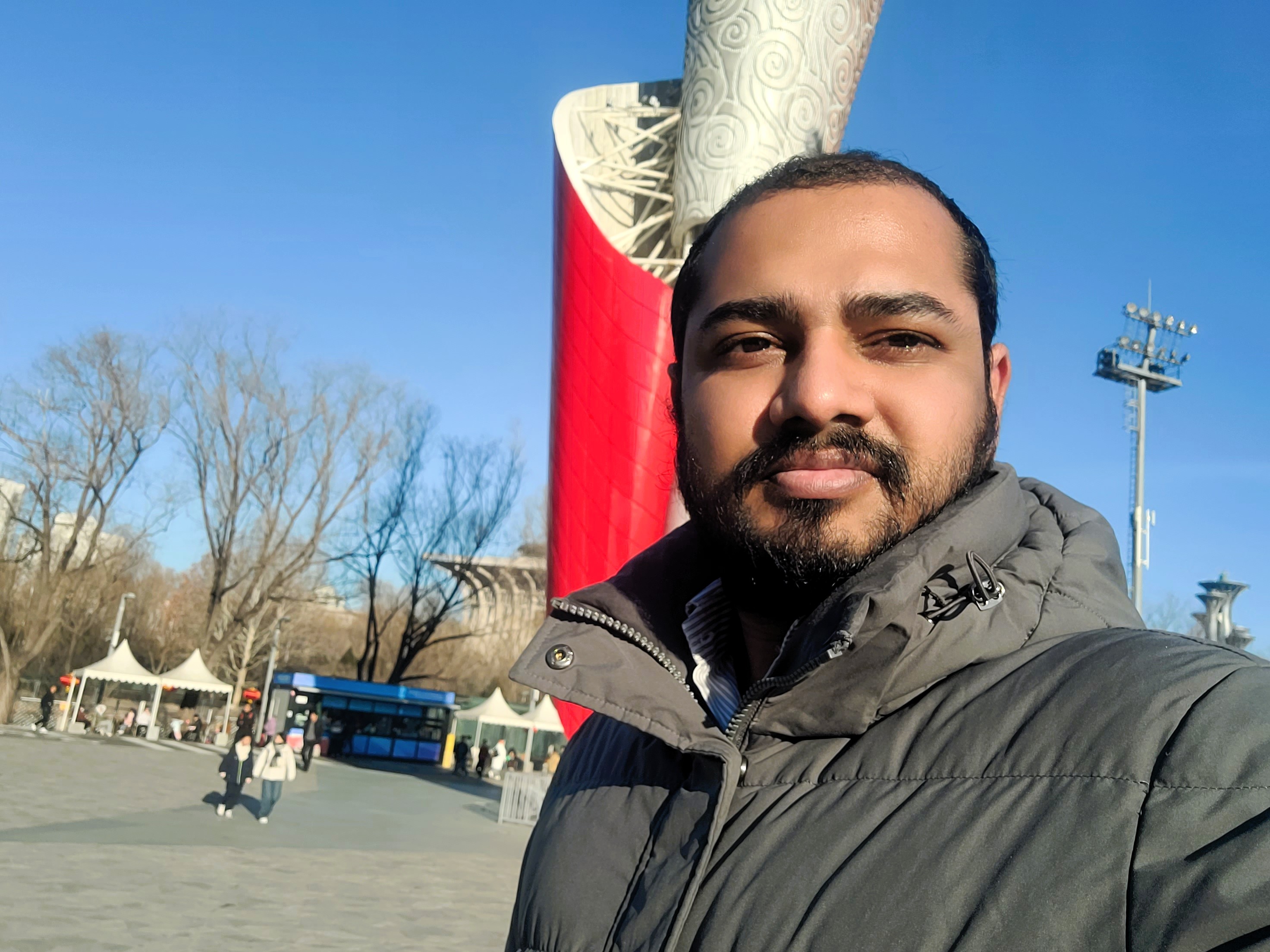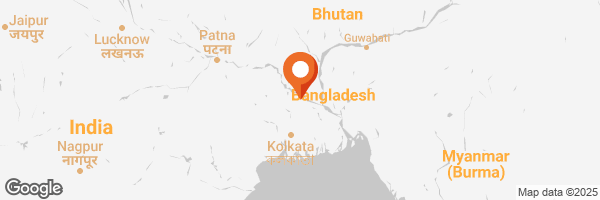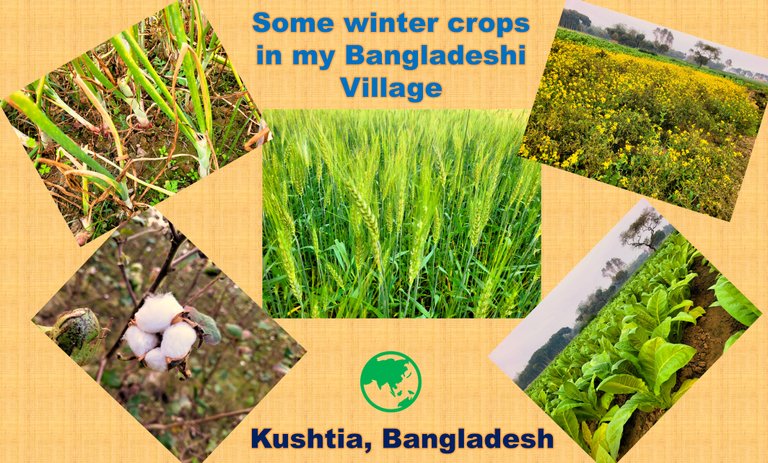
Bangladesh is an evergreen country, so whenever or whichever season of the year you visit, you can find green surroundings everywhere the country, especially the flat agricultural lands, is always filled with different kinds of crops. In my recent visit to Bangladesh this winter, I have stayed a couple more days in my village home compared to the previous time due to my wife's taught academic schedule. And I have enjoyed my days there with the people from the origin and they love the soil. Most of my villagers are farmers, and the other professionals are not living in the villages anymore as the industries are near cities, especially near Dhaka and surrounding cities of the center of the country most of the time, though currently, many industries are expanding in the other parts of the country, near the divisional cities.
Throughout my childhood and middle school up to level 10 standard, I lived in the village and played with the village dust and mud, but after I left the village, my distance from the village life started narrowing. Even I had forgotten the location of some lands owned by my father in some locations in the vast agricultural lands of the village. Currently, when I visit my village, I visit these lands as a guest, but at an early age in my life, I was the native people here. Many things have changed as people are constructing concrete homes now, but at that time, we had more homes with walls and mud. Now you can not see such views here. But the agricultural crops are the same types that I have seen in my childhood life. Only the area of the single plots changed as families were divided, and their paternal assets and lands were also divided into pieces.
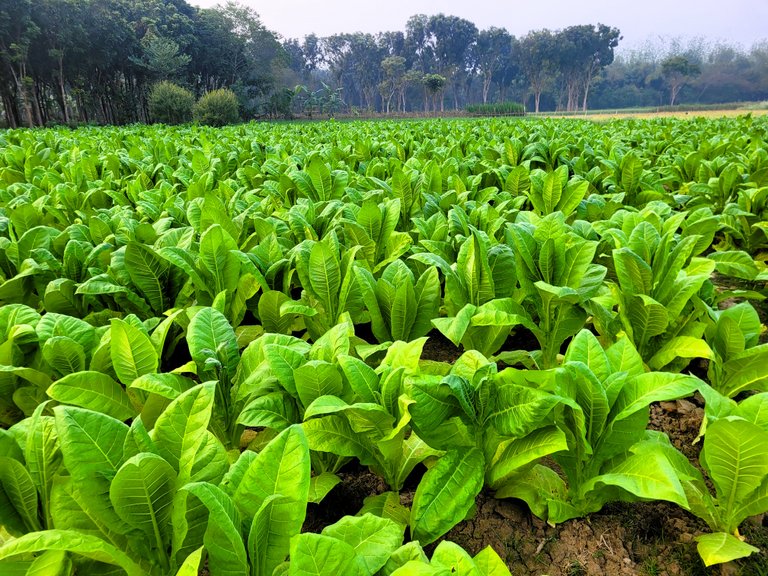
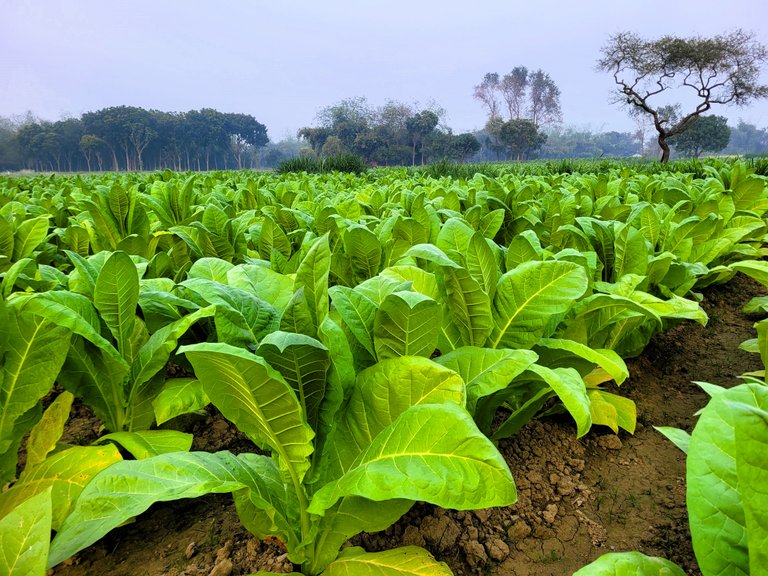
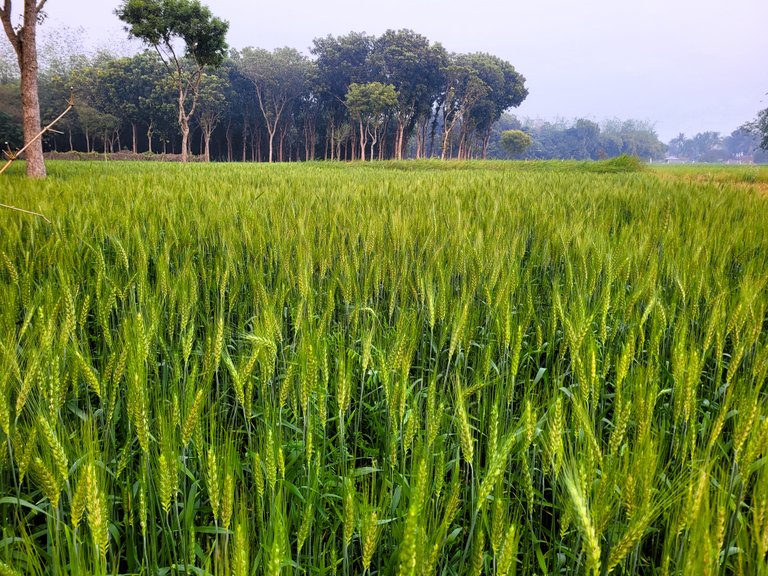
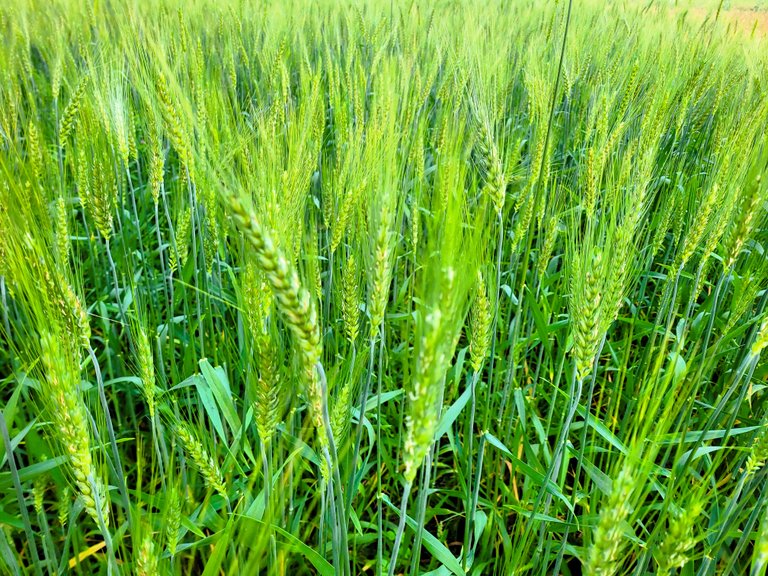
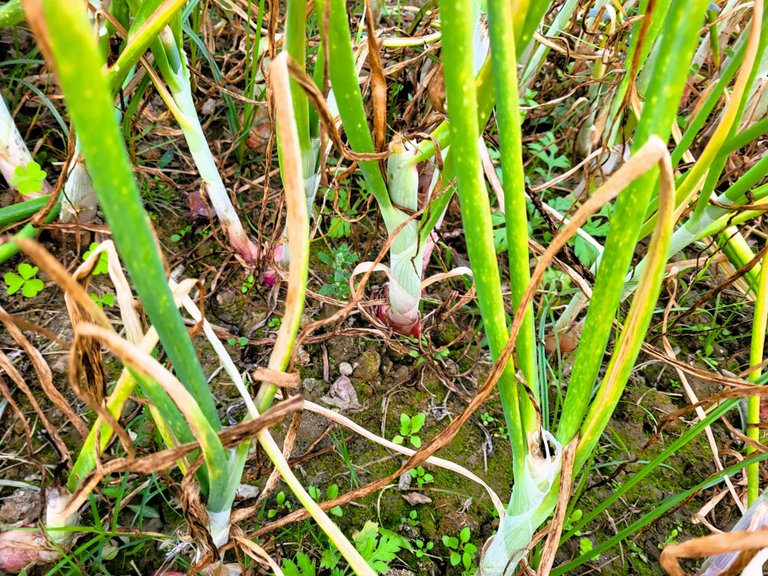
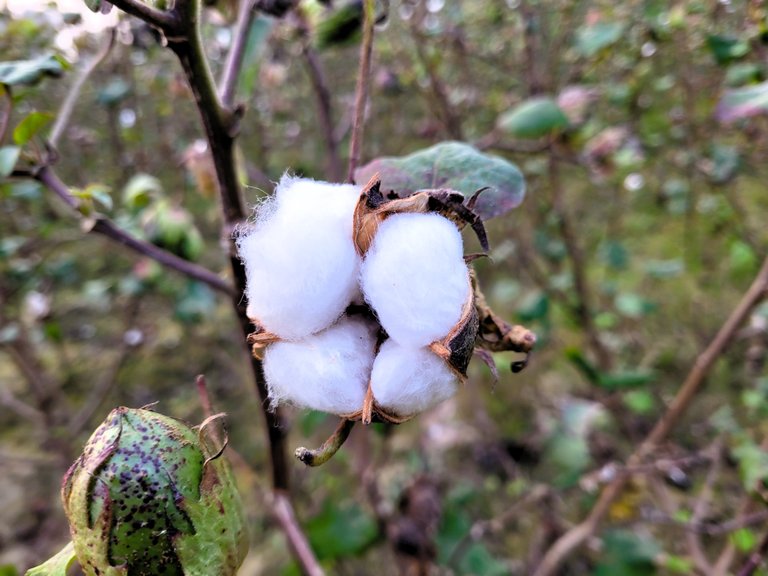
Different parts of the country have different crops in Bangladesh according to the weather and climate behaviors. My home is in Kushtia, which is the top tobacco-producing district in the country, and it is a winter crop, so most of the lands are filled with tobacco leaves. Another dominating crop is wheat, which has decreased compared to earlier times as the economic value of tobacco is far higher than any other crops in the country. Vegetables are not seen in my area, but a few people cultivate the mustard and lentils in the area. The location I went to this time was an area with tobacco and wheat mainly.
There are some other crops which are not frequently seen in my village but some people cultivate them occasionally. They are the cotton and the onion. This area of land is not so good for onions or cotton, but some plots are so good that any crops can be grown perfectly without any problem.
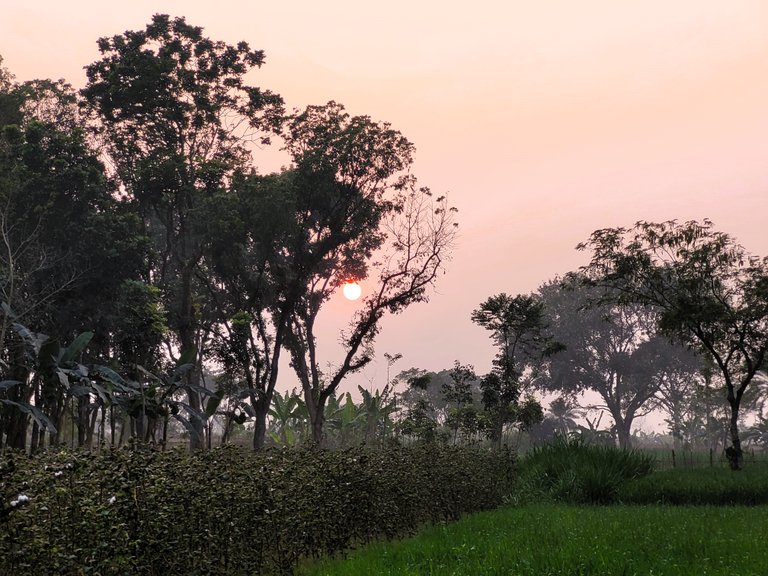
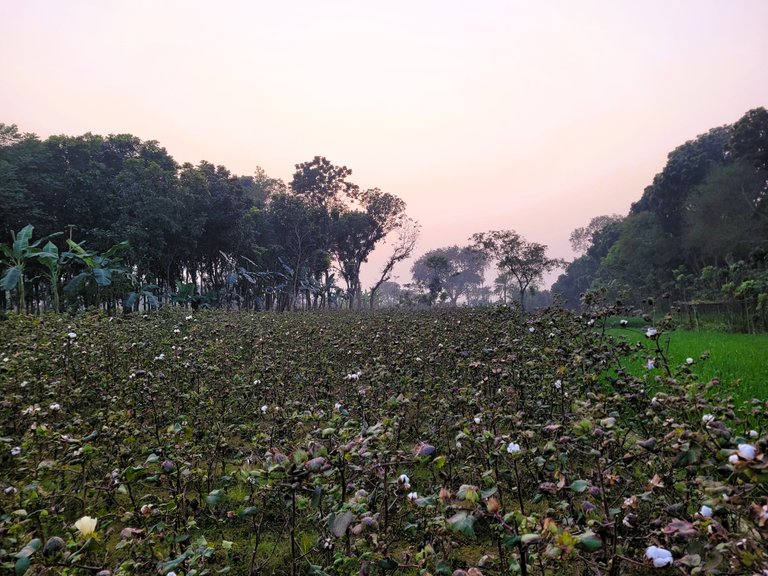
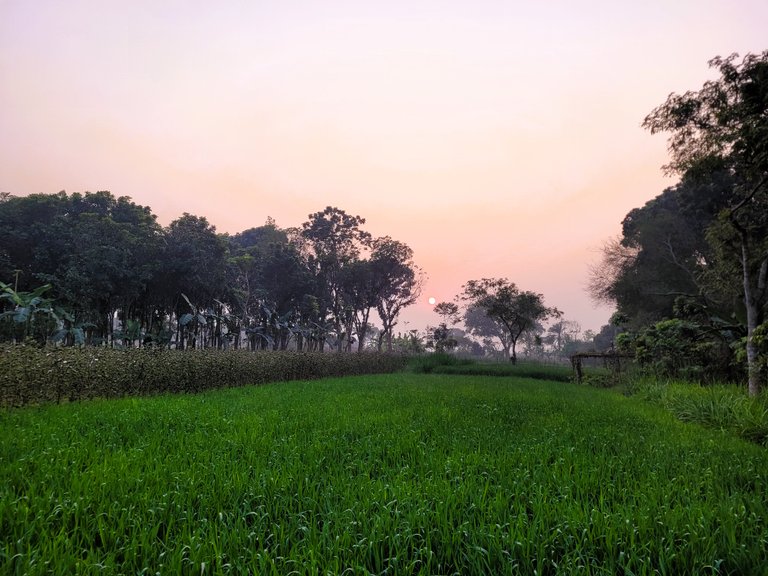
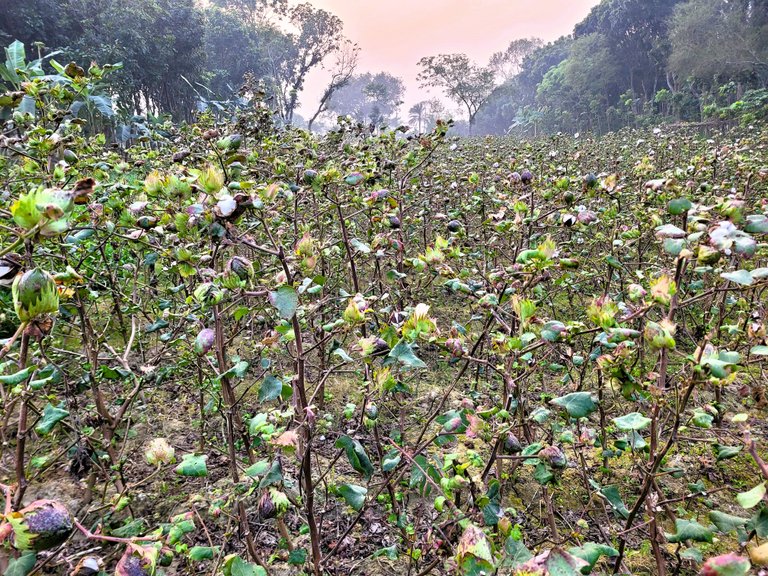
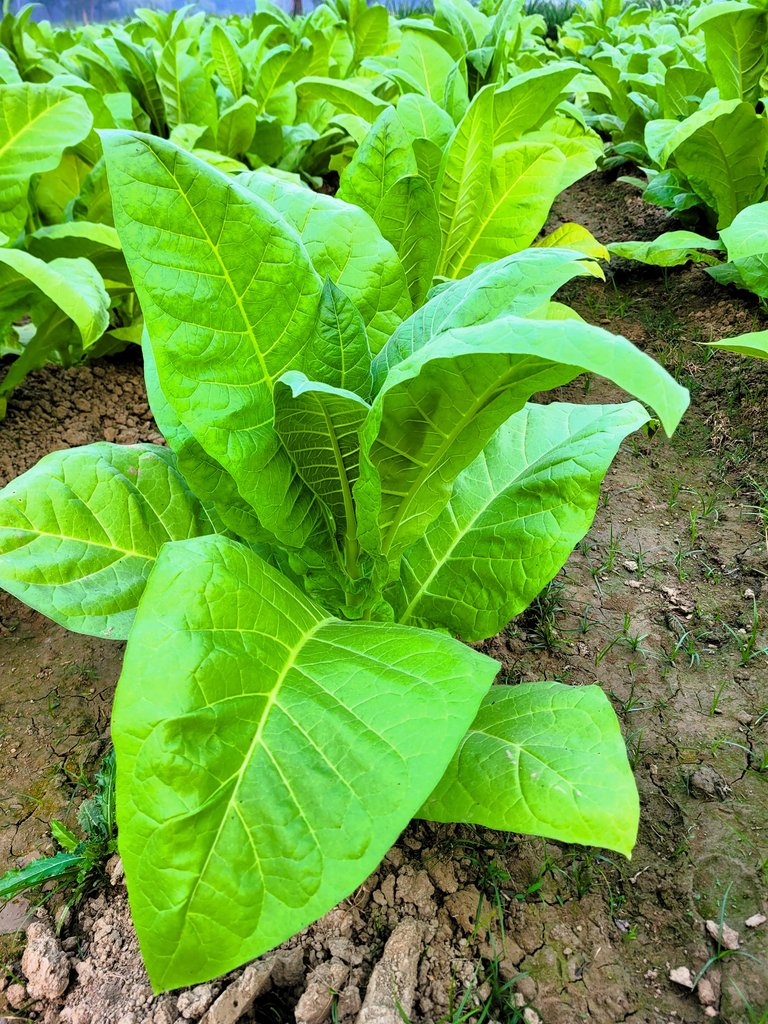
If I give you some economic advantages of the dominating crops, tobacco, and wheat, then if tobacco per acre can be more than half a million taka easily, but for the case of wheat, the return per acre can not touch 150 K BDT with the maximum yield. There is much more expenditure for tobacco in terms of fertilizers, labor, and associated. So many poor farmers couldn't afford the money to cultivate tobacco on their 100% land. Also, they feel comfortable cultivating their own foods from their lands.
Furthermore, If I tell you about the beauty of the field, it is always soothing with the greenery surrounding you. I visited the agricultural land during the late afternoon when the surroundings were not so dark but the calm and beautiful scenery made me feel so good there.
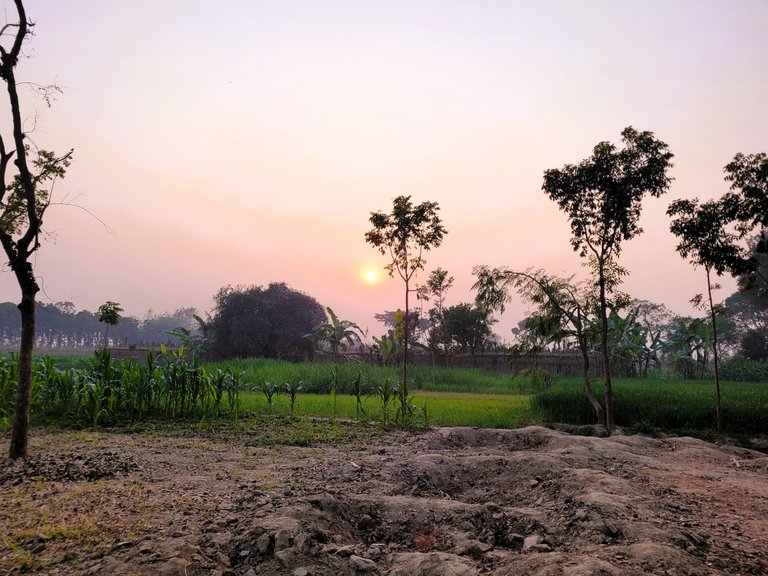
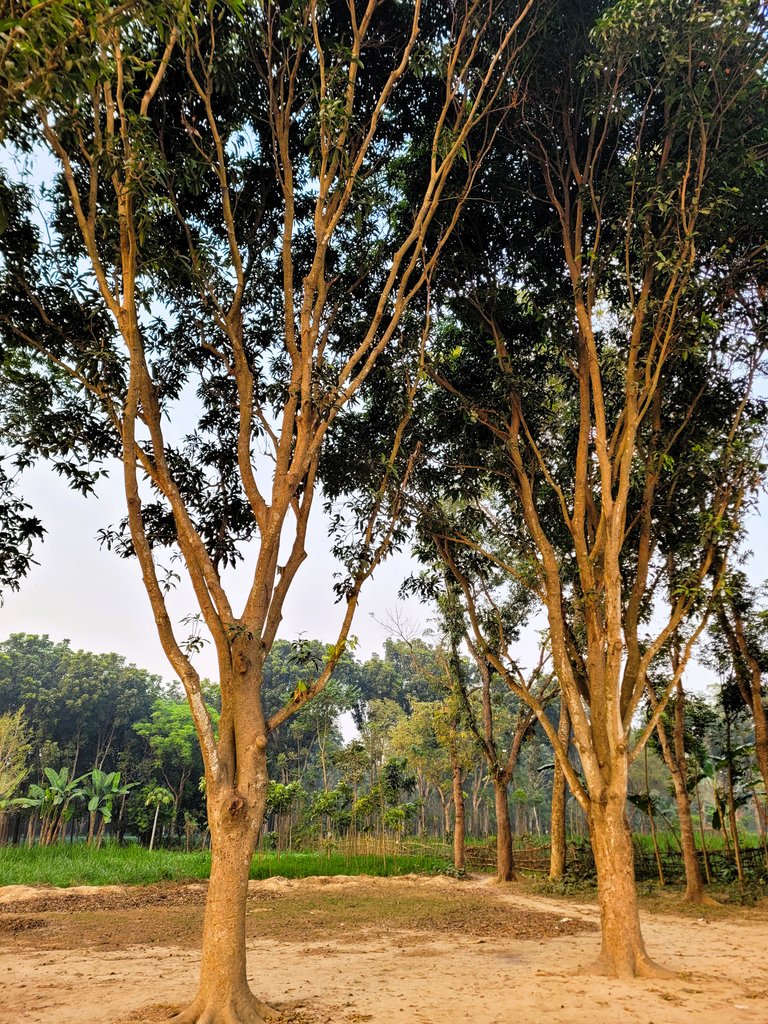
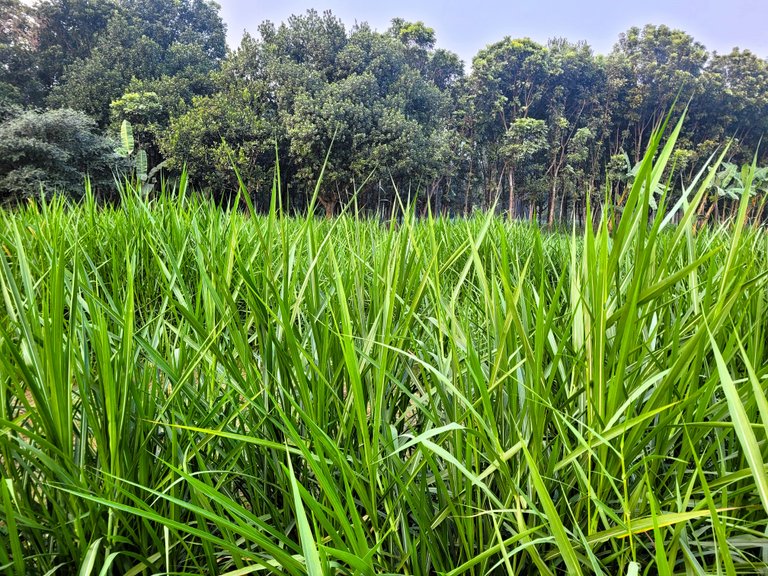
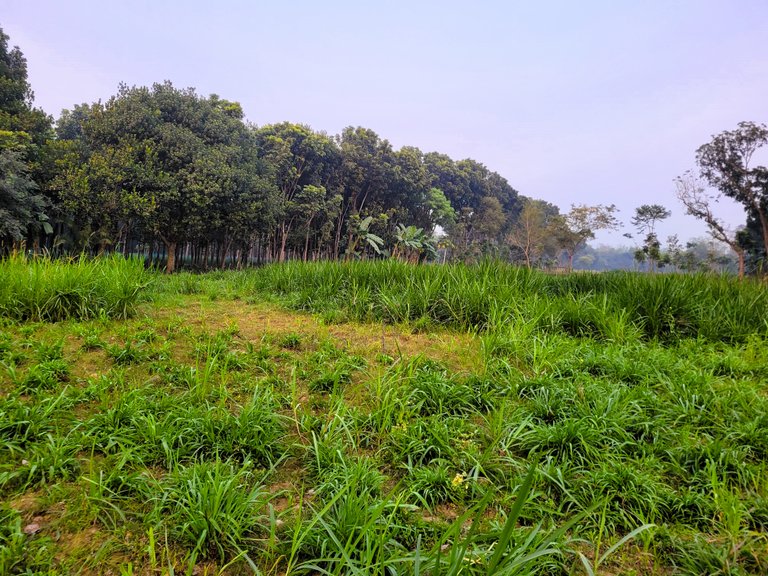
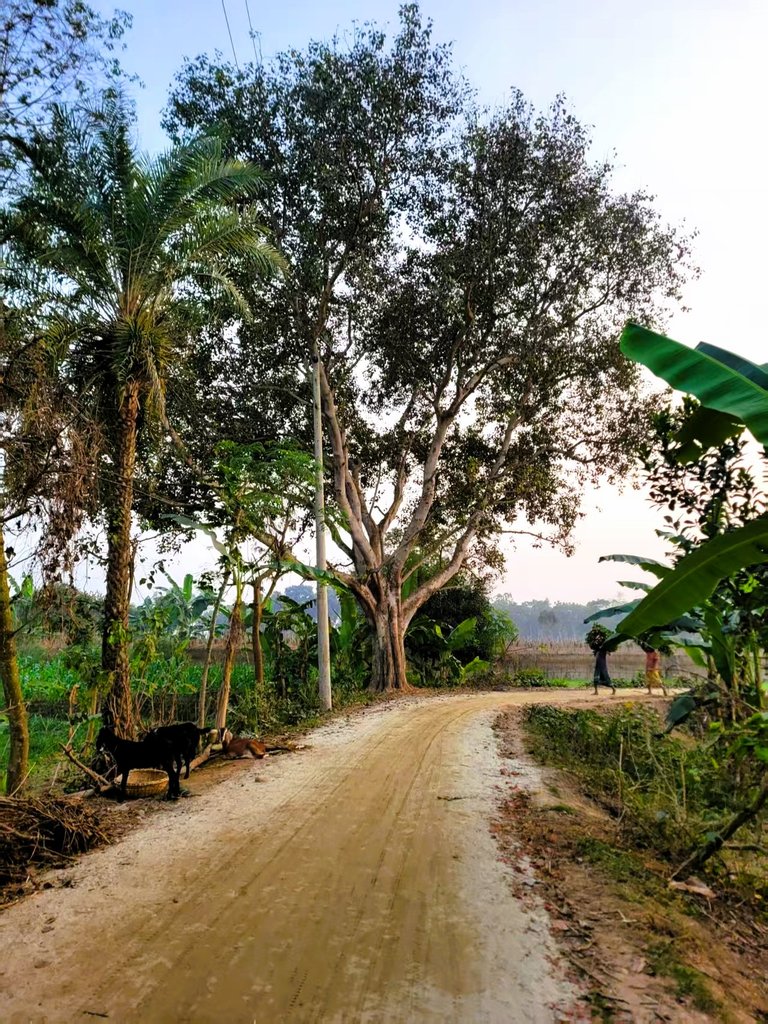
I have spent around an hour in the area. The area starts just after the end of my village. I have not taken any photos of my village as it will reveal the villagers' private lives, and I don't like shooting the people around but love taking photos of the natural surroundings as I love exploring nature more than the people.
My father has a plot of land in the area where I visited, but we have no crops there currently as we had a garden there, and recently, those trees were cut down for some purposes. Maybe from next month, it will also be filled with more crops. I enjoyed my afternoon walking in the middle of the greenish fields. I wish I could stay longer to soothe my eyes there. That helps increase my eyesight by making my eyes more healthy.
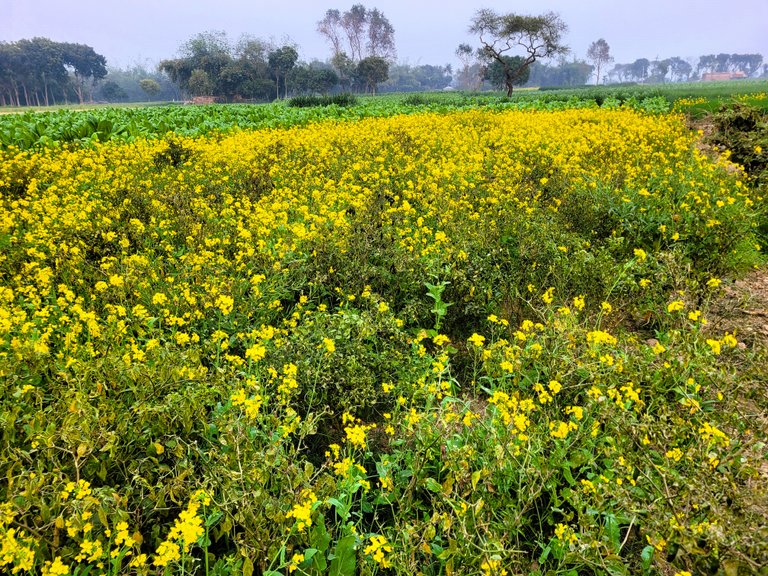
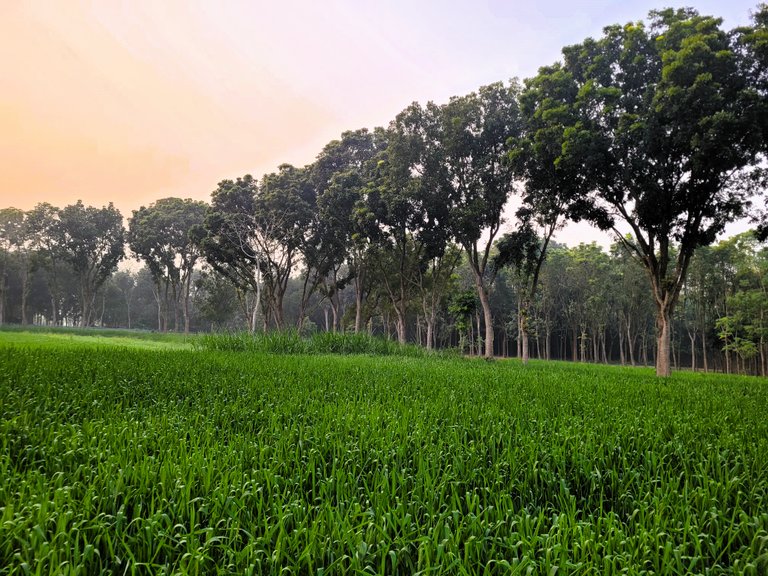

I hope you like my photos of the green and soothing agricultural lands in my village home during my last visit to Bangladesh. In most of the rural areas in Bangladesh, you will find the same views, just differences in the crops. And in a frequent interval a river will welcome you in the land of rivers. If you have any questions, please let me know in the comments, and I will try my best to answer them.
Thanks a lot for your time and attention. I will catch up with you at the next one.
Wish you a great weekend!
